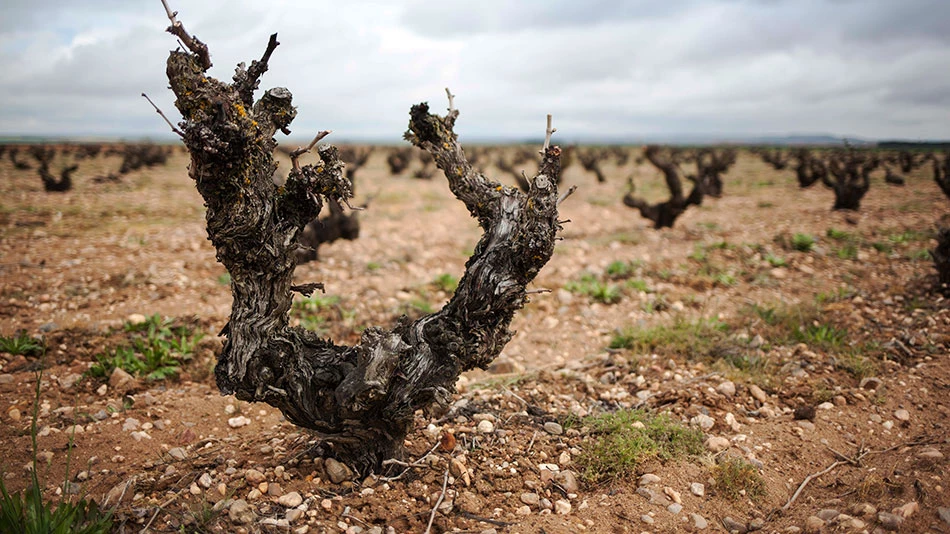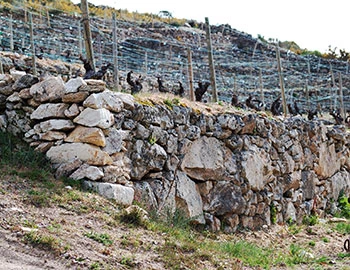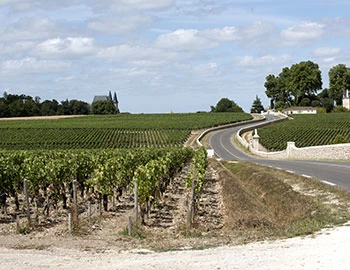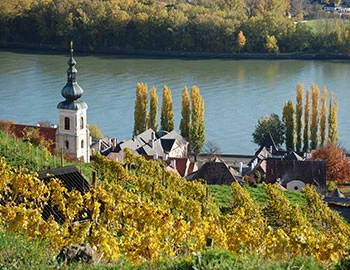Toro
Toro: Distinctive wines with great tradition
The town of Toro, with a population of 10,000, is perched on a rocky plateau high above the Douro River. Its gently rolling vineyards mostly grow the Tempranillo variety, which is called Tinta de Toro here. By the high middle ages, the wines from Toro were already sought after. The main assets of this comparatively small region of 6,000 hectares is the large stocks of old vines, which yield very strong, well-structured wines.
Red wines from Toro
With an intact city wall, ten churches and five monasteries, Toro is considered the epitome of Castilian towns. It is also regal: Ferdinand III was crowned king here in 1230. Even then it was a wine city. Wine is thought to have been cultivated here in pre-Roman times. Christopher Columbus is said to have held Toro wines in high esteem, carrying them with him on his first expedition. The significance of Toro as a centre of wine production and commerce only began to decline under Franco’s dictatorship, as the cultivation of grain was favoured at the time. In the 1970s, Toro wines were still considered very high in alcohol – bottles with 16 percent by volume were not uncommon.
Less alcohol, more elegance
It was the vintner Manuel Fariña who ushered in the era of new Toro wines in the 1980s. He broke the centuries-old rule that the harvest could not begin before the 12th of October, harvesting his grapes earlier and fermenting them at cooler temperatures. Domestic and foreign investors further developed Fariña's concepts, resulting wines which combine strength and elegance in a refined manner. Through the success of these new Toro wines, the cultivation area has grown in the last 30 years to 5,700 hectares. Around 50 producers bottle wine here today, and the average quality is high.
Calcareous soils
The vineyards are located mostly south of the Douro River, between the cities of Zamora to the west and Valladolid to the east, at between 600 and 750 metres above sea level. Brown, calcareous soils dominate, with high sand content. In prime locations there are also river deposits with gravel. The climate is continental, with cold winters and summers that are not quite as hot as in the nearby Ribera del Duero. Precipitation is low, at around 350 millimetres per year per square metre.
Top wines from true-rooted vines
Many premium wines today come from vines over 80 years old, which grow ungrafted with their original root stocks. Good red Toro wines show aromas of blackberries and cherries. On the palate, they are very powerful, meaty and spicy; thanks to good acidity, they are also well-balanced.








